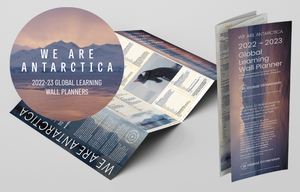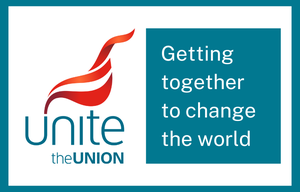
Resource
Circular Economies: Fashion
The fashion industry employs over 300 million people globally and is responsible for 10% of global carbon emissions. In this lesson students consider what changes are needed to make the industry more sustainable.
Developed by Young Citizens this lesson students explore how the economy can be used to support climate action and create a more sustainable society.
Suitable for KS3+, students examine the difference between linear and circular economies using the fashion industry as a case study. They critically consider which people in society have the power to create a shift from a linear to circular economy and what impact this shift could have on tackling climate change.
This lesson is free after you register your email with young citizens.
Acknowledgment:
These teaching and learning resources were developed in partnership with the global firm, FTI Consulting. We are grateful for their support in boosting young people’s awareness of our democracy, and the ways we can work together to strengthen society for everybody.
Topics
Environment and Sustainability, Globalisation and Interdependence, Industry and Economy, Production and Consumption
Age Ranges
KS3: ages 11-14, KS4: ages 14-16, KS5: ages 16+
Subjects
Business studies / management, Citizenship, Economics, PSHE / PSE / PSED, Spiritual, moral, social, cultural (SMSC), Tutor/Form Groups





